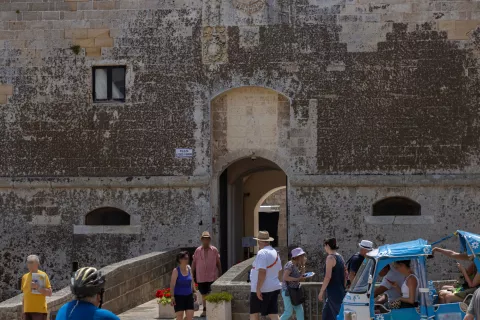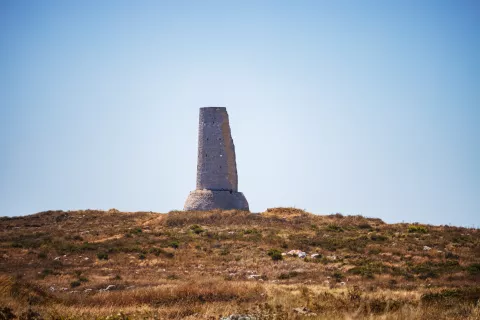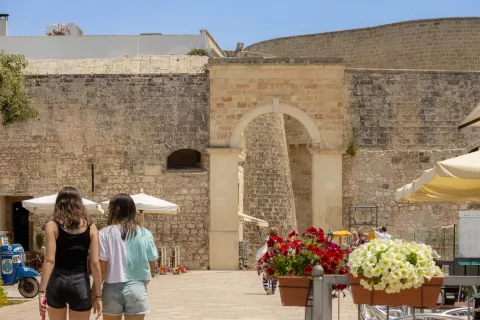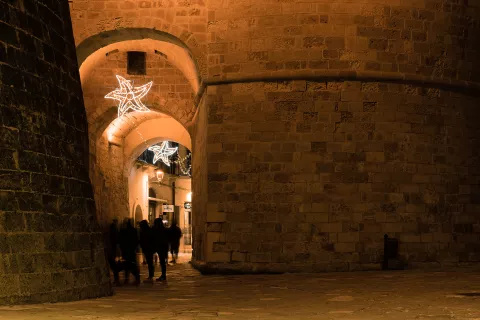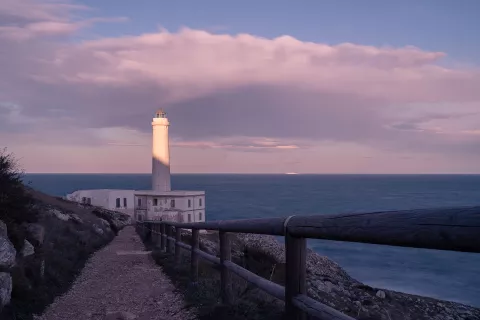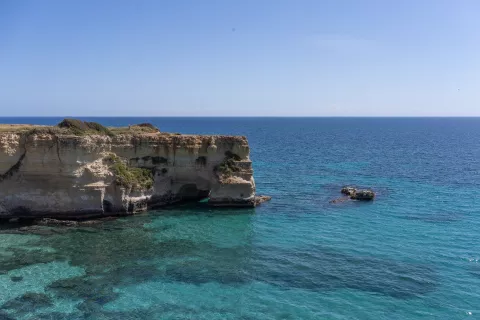- Home
- Otranto
Otranto
Otranto
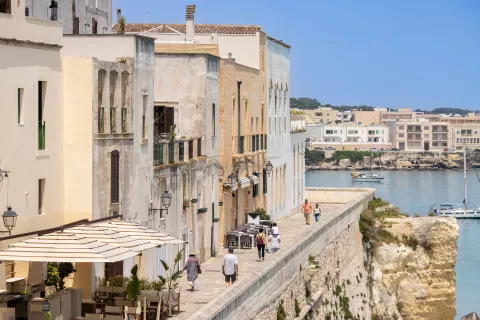
Otranto is a town in the extreme eastern tip of the Salento peninsula and is the easternmost municipality in Italy: the homonymous cape, also called Punta Palascìa, south of the inhabited center, is the easternmost geographical point of the Italian peninsula.
Greek, Messapian and Roman city, then Byzantine and later Aragonese, it develops around the imposing castle and the Norman cathedral. It is an important tourist center, it gave its name to the Canale d'Otranto, which separates Italy from Albania, and to the Terra d'Otranto. In 2010 the ancient village was recognized as a UNESCO Cultural Heritage.
The coastline, extending for about 25 km, is made up of long sandy beaches, especially in the north. The Serra degli Alimini is surrounded by fertile countryside close to the homonymous lakes and beaches. The south coast road towards Porto Badisco and Santa Cesarea Terme is characterized by rocky stretches overlooking the sea.
Aragonese Castle of Otranto
The castle of Otranto gave its name to the first Gothic novel in history, it forms a single defensive apparatus for the ancient village.
The cathedral of Santa Maria Annunziata and the mosaic
The Cathedral of Santa Maria Annunziata is the most important Catholic place of worship in the city of Otranto.
The Mosaic of the Cathedral of Santa Maria Annunziata in Otranto covers the floor of the three naves and is the work of the monk Pantaleone, commissioned by the Bishop of Otranto, between 1163 and 1165. The mosaic has as a central figure the Tree of Life, along which the main representations of the Christian religion branch out.
Ex Cava di Bauxite the small lake and the Bay of Orte.
The former bauxite quarry and the lake (emerald green lake, with a color in contrast with the red of the rocks and the surrounding landscape) are located south of Otranto near the Orte bay.
